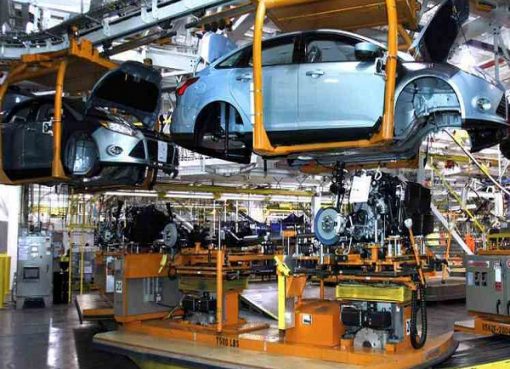In 2014, there was an Ebola epidemic in West Africa that killed over 10,000 people. The outbreak was mostly contained to the region, but the rest of the world was (understandably) concerned about what could happen if the virus, which has a mortality rate of about 50 percent, were to spread at some point in the future. In the United States, the White House Office of Science and Technology Policy and the National Science Foundation, along with other agencies and academic institutions, held a series of workshops on how roboticists could potentially be useful during an outbreak, epidemic, or pandemic, with a focus on West Africa. Since Ebola didn’t turn into a global threat, at the time things didn’t progress much farther than those workshops, but there’s now a renewed and much more urgent interest in using robots to help fight infectious diseases.
Dr. Robin Murphy, an IEEE Fellow and professor of computer science and engineering at Texas A&M University, in College Station, helped organize those 2014 workshops. A world-renowned expert in disaster robotics, Murphy has been directing the Center for Robot-Assisted Search and Rescue (CRASAR) for nearly two decades, and is now working to update that experience and bring it to bear on the COVID-19 pandemic.
If you’re a roboticist, and you’re wondering what you can do to help, the Robotics for Infections Diseases consortium (R4ID) has some answers for you.

COVID-19 is, of course, much different than Ebola—the biggest practical difference is that it’s happening worldwide rather than just in West Africa. The starting point for Murphy’s group was to take the experience that they gained from the workshops focused on Ebola and develop a series of questions for experts in healthcare and policy to help the robotics community understand what problems need solving and how robots might be able to help. “It’s everything roboticists want to know about a pandemic but are afraid to ask,” Murphy tells us, adding that it’s important for researchers to know (and accept) what they don’t know before they get involved.
“Our first priority,” she says, “is to formalize what we know about this, and understand what’s changed since Ebola. And it’s not just lessons learned from Ebola, it’s lessons learned from all the other disasters that our robots have been at, and those are some very fundamental lessons. And one of the first ones is, quit trying to get robots to replace people.” Murphy explains that robots should not (and cannot) be taking the place of skilled workers like doctors or nurses or EMTs, and they should also not be used in situations where human empathy is important, because patients don’t want that. Instead, robots should be used to protect these human workers, and to assist them by minimizing the time that they waste on unskilled tasks.
So what would Murphy say to roboticists who have a company or a research lab or a robot that wasn’t designed to be useful in a situation like this, but they want to help somehow?
“In the 29 disasters that CRASAR has assisted with, I’ve had people approach me, and say, ‘Hey look we’ve got this robot, we want to help.’ And in only one case did we use a robot that was not commercially available and that we’d already tried out and seen it work,” she says. “In most cases, we just have to tell them, it’s too late. It’s too late to help this time. But let’s talk about how you can be ready for next time. The difference I think we’re going to see with COVID is that I’m hearing projections that this could keep going for 18 months, in which case you could perhaps get some prototypes to a point at which they could be used.”
The message that we’re getting from Murphy is that this is not the time to bring a robot you recently put together to the nearest hospital with the expectation that they’ll drop everything and help you get it to work. Don’t waste their time, and don’t interfere—otherwise, says Murphy, “you’re asking people who are tired and stressed to get even more tired and more stressed. We’ve got to make sure we do the right thing.”

The most effective robots right now, she adds, are the robots that already exist, that people are already comfortable using, that have low activation energy, and that can scale up to be immediately useful. For roboticists who want to help somehow, Murphy suggests thinking about things in terms of what might be useful a year from now, and spending some time learning from a variety of experts to figure out what path to take.
Source: Spectrum










